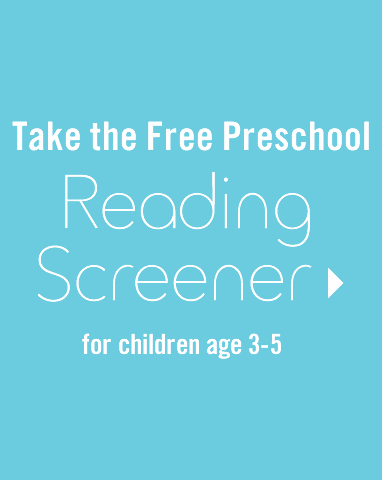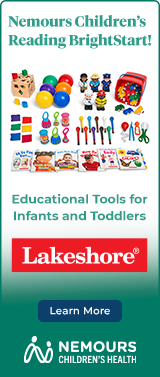In this recommended children's book, Buddy receives a note and five colorful bags in the mail from his grandfather. There’s a surprise in each bag that leads Buddy to learn about different kinds of seeds and all the things that can be done with them.
Before, During and After Reading
Letter Knowledge
Introduce the book. Read the title of the book, sweeping your finger under the words as you read them. Tell your child, Nancy Elizabeth Wallace is the author and the illustrator of this book. That means that she wrote the words and she also drew the pictures. Say to your child, The title of this story has three words. What is the first letter of each of those words?
Talk about punctuation marks. Touch the exclamation points in the title and explain how they are different than letters. Explain that exclamation points tell us to read the words in an excited way and show your child how your voice changes when you see an exclamation point.
Oral Language
Make predictions. Look at the illustrations on the front and back covers. Ask your child to predict what this story is going to be about and what the bear might do in the story. Ask what the bear is doing on the front cover’s illustration. Explain what a watering can is, in case your child isn’t familiar with that term.
Oral Language
Ask questions. On the first couple of pages, the illustration shows snow on the ground and Buddy is making a snowman (actually, a snowbear). Ask your child, What is Buddy doing in this picture? What is on the ground?
Point out clues in the story. Point out the illustration that shows the note from Gramps. Use your finger to track the words on the note as you read them. Say to your child, I see that the note from Gramps has a beach and a palm tree on it. That must mean that Gramps lives somewhere that has warm weather.
Compare and contrast. When you get to the page with Gramps accepting a package from the postal carrier, help your child compare that illustration with those at the beginning of the story that show Buddy getting his package. Ask your child questions about what the characters are wearing and why he thinks the characters on those pages are dressed so differently.
Phonological Awareness
Identify rhyming words. The tags attached to the bags have rhyming text. Emphasize the rhymes when you read them. After you read the tag, encourage your child to repeat the pair of rhyming words with you. You might say, That tag had some rhyming words in it! Say them with me: Grow-know, grow-know, grow-know.
Letter Knowledge
Read the labels. Some of the illustrations in this book are labeled. For example, the page that shows the embryonic plant has three illustrations. One is labeled with the word "seed" and another is labeled with the word "root." Be sure to touch and read these labels. They are important parts of a story!
Oral Language
Do some seed projects with your child. You and your child can save seeds from fruits and vegetables that you eat and plant them together. Purchase some seed packs from the gardening section of a store. With those seeds, you and your child can do the same projects as Buddy did in Seeds! Seeds! Seeds!
Letter Knowledge
Use seeds to create letters. Have your child use seeds (or beans) and glue to make his name on a piece of construction paper.
Phonological Awareness
Go to the page that shows Buddy’s Seed Collection. Read the names of the different types of seeds and have your child clap or tap out the syllables in the words. For example, corn, pea, pear and beans all have one syllable. Radish, pumpkin and apple all have two syllables. Sunflower, strawberry and cantaloupe all have three syllables, and watermelon has four syllables.
Beginning Writing
Have your child write a thank you note. Buddy wrote a Thank You note to Gramps. The next time someone gives something or does something nice for your child, have him write or draw a Thank You note to that person. Even if the handwriting and spelling aren’t perfect, the recipient will be overjoyed. Your child will learn that writing is a way to communicate with others. Encourage your child to add illustrations to his notes.
Take a moment to complete the Reading BrightStart! Preschool Reading Screener, and track your child's progress on the path to reading readiness. It's free, and comes with a plan for moving forward. Or, explore more recommended children's books for four-year-olds.








